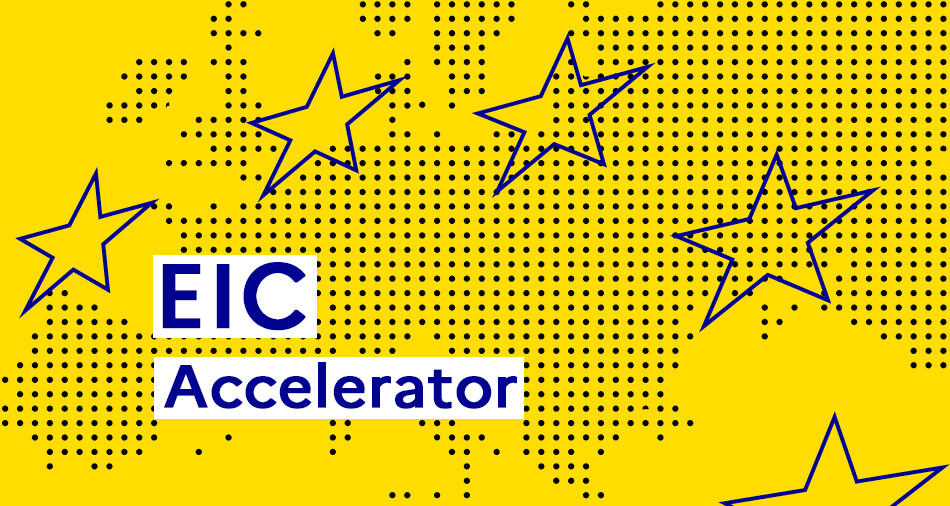ExpectedOutcome:
Project outputs and results are expected to contribute to the following expected outcomes:
- In close cooperation with ship owners, operators and ports, demonstration and testing of an innovative solution to provide auxiliary power and possibly battery charging for ships moored and anchored at sea which will cut pollution and GHG’s and which can be deployable before 2030;
- Developing guidelines on technical, operational and safety aspects for the provision of offshore power supply services;
- Assessing the GHG and polluting emission savings from ships moored or at anchor through verifiable KPIs;
- Assessment of the CAPEX and OPEX of the developed solution and optimisation of the concept to increase the financial viability of the developed solution.
Scope:
The provision of electric energy to vessels at port is a mature technology which provides important benefits in terms of reducing the emissions from the waterborne transport sector, not only for CO2 but also for other pollutants. Within Europe this is particularly important as many ports are either an integral part of densely populated cities or very close to them. The provision of onshore power supply (OPS) to vessels in European ports forms an integral part of the “Fit for 55” initiative. Due to direct electrification being more efficient, OPS is an important long-term solution applying to vessels with other clean technology solutions which will become more widely available. So far, the provision of OPS has been designed and applied for vessels securely berthed at terminals. This is an important step, which needs to be encouraged. However, in many cases, vessels need to spend important time at port anchorage, before a berth at a terminal is available. Some vessels such as cruise ship may also disembark their passengers to tenders offshore. During this period, vessels are using their main or auxiliary engines, thus creating emissions which impact port cities and coastal areas as well. A solution needs to be developed which can provide OPS to these vessels whilst not at berth. Current consideration of such applications has been mainly limited to barge mounted solutions and concept development of offshore cabled power buoys (e.g. floating power plants, LNG HIVE2, OPS barges and offshore charging buoys). Generally, solutions are not yet mature and, in several cases, use fossil fuels. Consequently, a range of other possibilities may remain. The solutions to be developed and demonstrated by the projects are expected to address all the following aspects:
- The project should develop and test potential solutions for the provision of electric power to maritime vessels (primarily container ships and passenger vessels, including cruise ships) of at least 5000 GT.
- Be adaptable, so that as required, power can be provided to different locations within the port anchorage.
- Develop and demonstrate a solution which is flexible in terms of area of application i.e., that can be deployed in other areas within a port or possibly be moved to other ports, including if relevant, both inland and seaports.
- Be based on direct electrification from shore grid connections or offshore renewable power or the use of sustainable alternative fuels including for example liquid and gaseous advanced biofuels, synthetic renewable energy carriers or energies.
- Aim to minimize air pollution, including when solutions are founded upon biofuels.
- If applicable, assess the possible use of circular energy sources such as those from industrial processes taking place within the port perimeter (chemical processing, scrap processing, melting etc.).
- Aim for operational deployment by 2030. Minimize costs taking into account Capex and Opex with consideration of the energy conversion efficiency, the cost and availability of the supplied sustainable alternative fuels and/or energies.
- Pay particular attention to all safety aspects relating to the provision of clean energy, while a vessel is at anchorage.
- Evaluate the range of applicable regulatory instruments by reaching out to relevant Authorities.
- For example, the proposed solution maybe founded upon one of the following concepts, although other concepts may also be proposed:
- Barge mounted generators, using sustainable low GHG fuels.
- Floating energy storage units, using batteries together with inverters and a capability to provide the typical total energy need of a ship at a port anchorage.
- Barge mounted fuel cells using green hydrogen fuel or other climate neutral sustainable alternate fuel.
- Cabled offshore power supply connections towards buoys or other supply interface.
- Plan for the exploitation and dissemination of results should include a strong business case and sound exploitation strategy, as outlined in the introduction to this Destination. The exploitation plans should include preliminary plans for scalability, commercialisation, and deployment (feasibility study, business plan) indicating the possible funding sources to be potentially used.
This topic implements the co-programmed European Partnership on ‘Zero Emission Waterborne Transport’ (ZEWT). As such, projects resulting from this topic will be expected to report on results to the European Partnership ‘Zero Emission Waterborne Transport’ (ZEWT) in support of the monitoring of its KPIs.
Specific Topic Conditions:
Activities are expected to achieve TRL 6-8 by the end of the project – see General Annex B.





